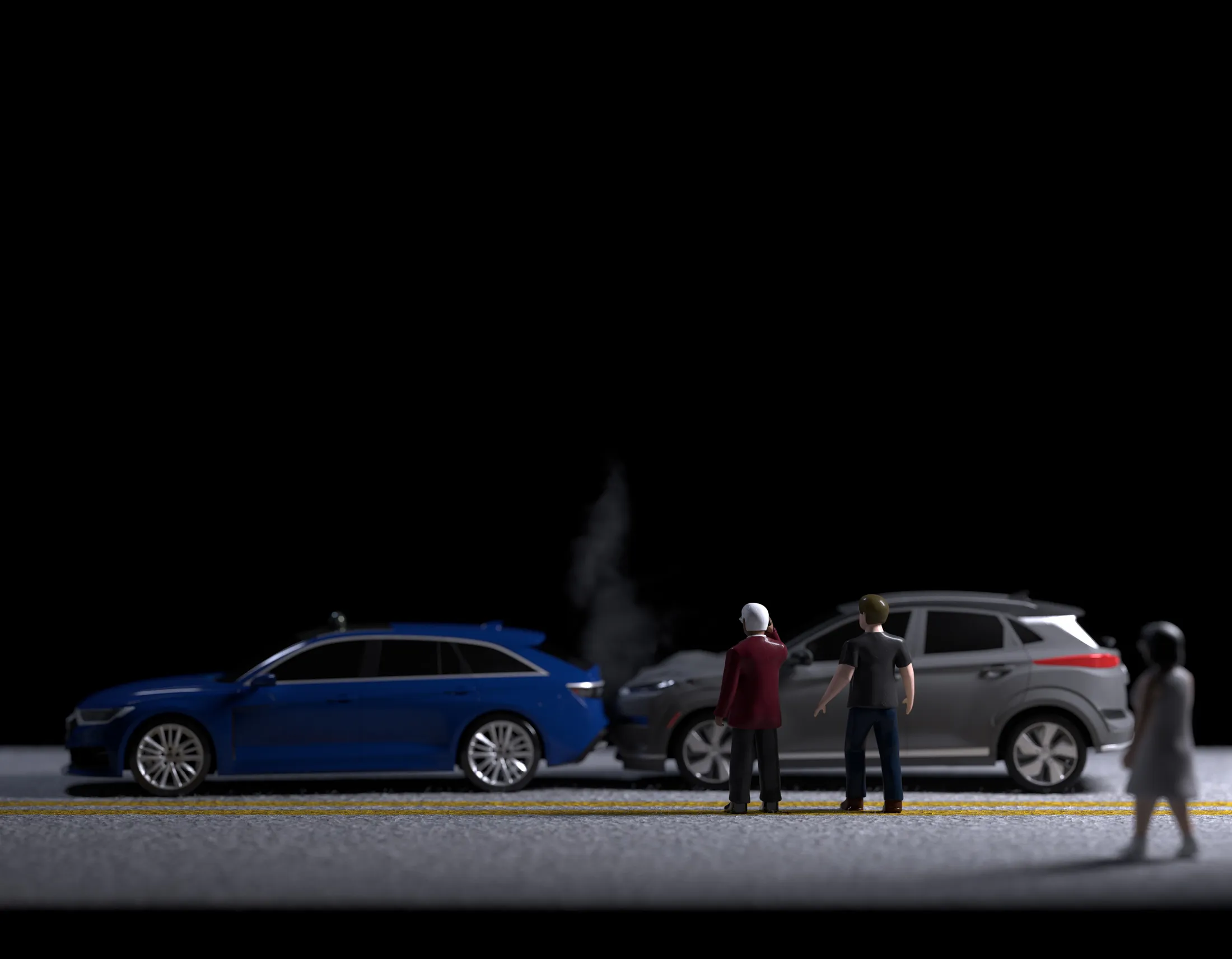
Even After $100 Billion, Self-Driving Cars Are Going Nowhere
The first car woke Jennifer King at 2 a.m. with a loud, high‑pitched hum. “It sounded like a hovercraft,” she says, and that wasn’t the weird part. King lives on a dead-end street at the edge of the Presidio, a 1,500-acre park in San Francisco where through traffic isn’t a thing. Outside she saw a white Jaguar SUV backing out of her driveway. It had what looked like a giant fan on its roof—a laser sensor—and bore the logo of Google’s driverless car division, Waymo.
She was observing what looked like a glitch in the self-driving software: The car seemed to be using her property to execute a three-point turn. This would’ve been no biggie, she says, if it had happened once. But dozens of Google cars began doing the exact thing, many times, every single day.
